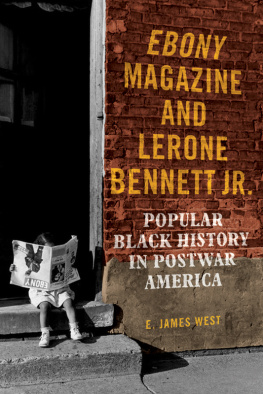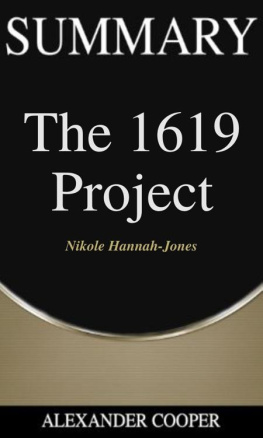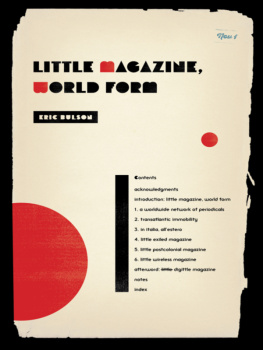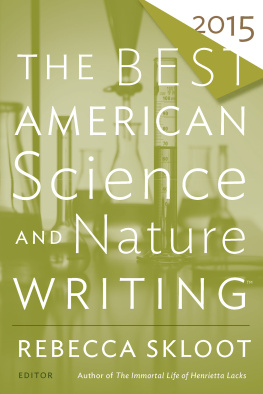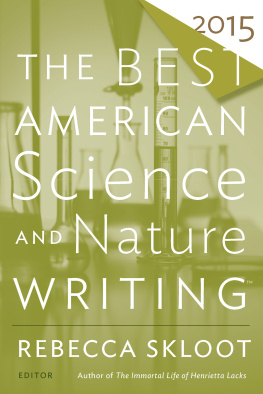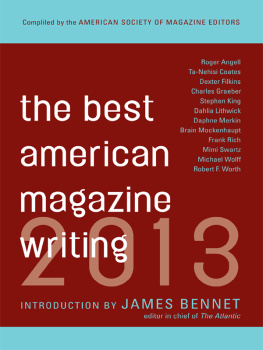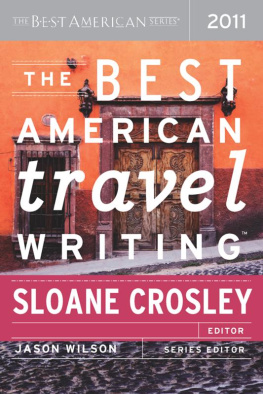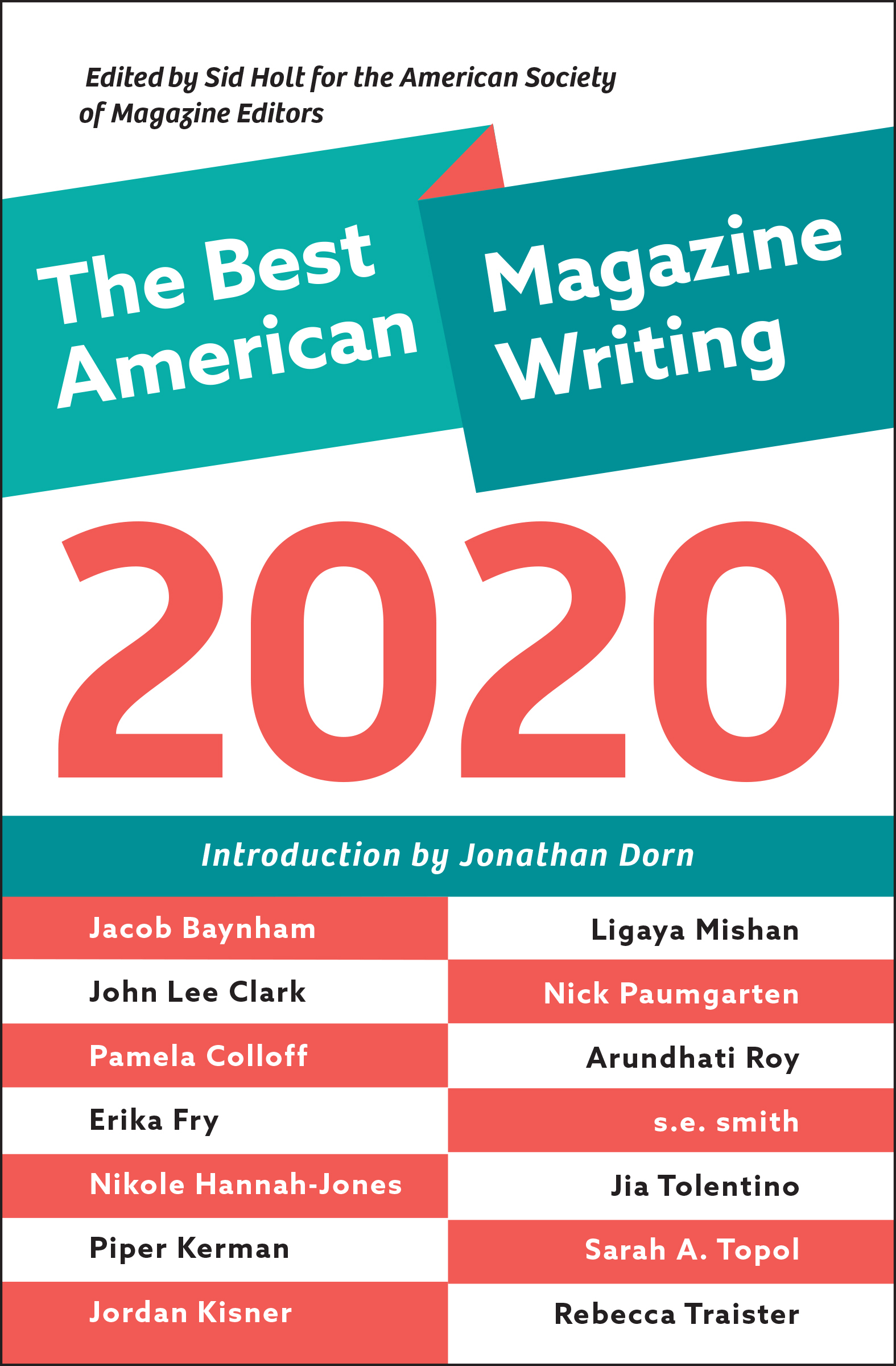A Columbia University Press E-book.
CUP would be pleased to hear about your reading experience with this e-book at .
Jonathan Dorn
G reetings from the Before Time. Its spring 2020, and the specter of 7 million virus-plagued Americans remains distant and incomprehensible. The West Coast isnt burning, RGB is hanging in there, and theres little worry about a peaceful transition of presidential power. The days are getting warmer, and hope is growing that a few weeks of mask wearing will bring the economy roaring back. And somewhere in Minneapolis, theres a forty-six-year-old guy shooting hoops on a cracked blacktop court, unknown to the world, and still breathing.
From our vantage point in these early days of May, we couldnt possibly predict the calamities that will make this year unlike any weve experienced. Not the Second Surge, not 50 million unemployed, not the murder of a young EMT in Louisville, not the hellfire that will permanently eliminate any reasonable doubt about global warming. And certainly not the shaky street-corner video that is going to ignite antiracism protests from coast to coast.
Or maybe, sitting here in May, we could predict it all. George Floyd. Breonna Taylor. An economy in shambles. Thousands upon thousands of lonely deaths cutting short robust lives without respect to age or station.
After all, weve had ample warning in the stories featured in this compilation of 2019s best magazine writing. No matter that theyll be a year old by the time this book reaches you, or that their lighter moments will seem a bit quaint (in-person interviews, how precious! mask-free socializingwas that a thing?). No matter that they lack the underlying bewilderment so pervasive in the journalism well read months from now. The writing in this collection is shockingly prescient for a Before Time collection.
Take Nikole Hannah-Joness tour-de-force essay from The 1619 Project, a special issue of the New York Times Magazine. A previous National Magazine Award winner, Hannah-Jones incisively crystallizes the modern-day relevance of a 400-year legacy of racial injustice in her introduction to this issue. Like the rest of the issue, a towering work of journalism that spurred (and advanced) national debate, shes looking back while looking forward. Its impossible to read her words and not recognize that a national reckoning on race is right around the corner.
Similarly, three stories reporting on deep inequities in Americas prison system are threaded with meaningful insights about the pernicious impact of a bent judicial process on marginalized communities. Piper Kerman and Keri Blakinger in separate articles in the Washington Post Magazine and Pamela in a ProPublica / New York Times joint investigation, each in their own way call our attention to the daily effects of institutional racism on incarcerated people of color.
And dont forget Erika Frys timely telling of another virus story in Epidemic of Fear. This Fortune feature and National Magazine Award finalist is a disconcerting tale of vaccine blunders and misinformation that should serve as a pressing reminder of how complex your challenge will be this fall in trusting the word of pharmaceutical companies racing for a cure in a heated political environment.
Together, these powerful stories and the others in this collection remind us why magazine journalism matters so much. The medium is uniquely equipped to synthesize current events and historical realities into thoughtful outlooks on the road ahead. It enables writers to make the past present and to warn us, directly or indirectly, of the challenges we will face as individuals and as a nation. And magazines provide an important and nuanced counterbalance to the attention-deprived blurb economy of Twitter and Facebook.
Read these stories, relish their insights and relevance, and lets hope that next years volume of Best American Magazine Writing is all about the After Time.
Sid Holt
T his edition of Best American Magazine Writing is uniqueit was compiled and edited in the shadow of the coronavirus pandemicbut in every other way, BAMW 2020 does what every other entry in the series has done since it began in 2000: reflect the concerns and sometimes fears of the present moment in ways that will endure long after newspaper headlines and cable-news chyrons have faded from memory. Here are stories on mass incarceration at home; illiberal governments abroad; questions of gender, ethnicity, and difference; little-known manifestations of popular culture; tragic failures; spirit-lifting triumphs; and, of course, golf.
Each story in BAMW 2020 speaks both to the past and to the future, but two of the articles included here seem especially pertinent as 2020 gives way to 2021. In Epidemic of Fear, Erika Fry describes the consequences for public healthand rational self-governancewhen a distrustful people are asked to embrace a new vaccine, and in Our Democracys Founding Ideals Were False When They Were Written. Black Americans Have Fought to Make Them Truethe introduction to The 1619 ProjectNikole Hannah-Jones shows how Black Americans continuing struggle for real freedom fulfills the promise of America for all its people.


